
The Anatomy of a Stone Set Ring
Written by Jane Chadwick on Apr 27, 2021 | 0 Comments
Different rings will have a combination of different parts that give it its own unique style. However most gem set rings will have the following six features in their anatomy in some form or other.
1. Center Stone
This is the main (and usually central) stone in a ring. In a ring set with just one stone this is often referred to as a solitaire. Depending on the ring, this stone may be diamond, emerald, sapphire, ruby or another gemstone. These stones can have different shapes or cuts depending on the ring but typically are round, oval, emerald, pear, or heart shaped stones.

2. Accent Stone
These are usually smaller gemstones that surround or enhance the center stone and can be found in different arrangements on a ring. They may be the same stone as the center stone or different complimenting gems. Accent stones that are a similar size to the central stone and set either side of it are referred to as side stones.
3. Prongs
Prongs are the millimeter sized pieces of metal that secure the center stone and any side and most accent stones in place. Prongs can be rounded, pointed (claw), square, flat, or even V-shaped. Not all gem set rings have prongs but they are used in many engagement and occasion rings. There can be different numbers of prongs for each stone depending on the style - typically 3, 4 or 6 prongs. More prongs = more security for your stone. However this comes at a trade off to the amount of light that can get into the stone which is why you usually won’t see more than 6 prongs used.
4. Head
The head is the name given to the entire structure that showcases the center stone. This includes all the metal surrounding the center stone like the prongs. The head of a ring can come in numerous shapes and sizes and will have an impact on how high the ring sits on your finger. The height on your finger can be useful to know about as very high set rings can catch on clothing and can be easier to hit on furniture or other items in everyday wear.
5. Shoulder
Under the head sits (unsurprisingly) the shoulders on a ring. These are the top two sides of the ring and they are often set with accent stones or can be detailed in other different ways, adding individual style and meaning to a ring. For example, the shoulders on the ring above are delicate Trinity Knots representing eternity. Shoulders draw the eye to the center stone and have the added benefit of adding some protection to the head and the stones set there.
6. Shank/Band
The shank or band is really the ring part of the ring! This may taper down from the shoulders to the lower part of the shank where any sizing of a ring can be carried out. In some designs, the shank can be split, (helpfully called a split shank) into two or more separate strands that can also include interwoven details and accent stones. Some rings have decoration or accent stones that continue all the way around the shank adding extra detail. These rings can be difficult to resize, so we often have a small sizing gap in our designs at the back of the band to ensure that this can be done in future if needed.
Other ring parts
There are plenty of other terms that can be used in speaking about a ring depending on the design, from baskets and bridges to galleries and crowns. But you needn't worry a huge amount about them. Firstly not all rings have them. Second, any jeweler worth their salt, including us, will be able to “translate” any jargon for you and help you to find the setting that you are dreaming of.
We are here to help
Have a question about a ring setting, style, metal or gemstone? Or are you interested in our Celtic Engagement rings? We have over 50 years of experience and would be more than happy to help so please do get in touch - send us a note or give us a call. We are also available for virtual appointment should you want to see our rings before committing!
Get In Touch
Have a question or something you're not entirely sure about when browsing our pieces? Please reach out. You can send us a note or give us a call—the Dublin workshop is here to make sure that you have a perfect experience from start to finish with My Irish Jeweler.
Follow us on Facebook and Instagram, to see what's new and upcoming. Join our Email list for early offers and special features.

Jane Chadwick
My Irish Jeweler
Born in Dublin but reared in Canada, as a child I had an interest in Ireland that will be familiar to many young emigrants. I was completely fascinated, wanting to know all about the land of my parents and grandparents. Rare month-long family trips back "Home" cemented my love for Ireland. And I wore my Irish heritage with pride, sporting my tiny silver Claddagh gifted to me by my Irish grandparents until my finger grew too large for it!
As a young adult I moved back to Dublin, studying Geology and Mineralogy in university at historic Trinity College Dublin. After living in Denmark and the Netherlands working as a scientist and university mineralogy lecturer, I finally settled back home in Dublin. I joined the growing family at My Irish Jeweler in 2016, bringing my useful knowledge of metals and minerals as well as my perspective as an Irish emigrant with a love for HOME.
Comments

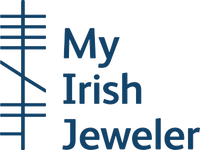

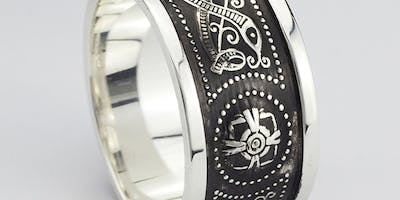

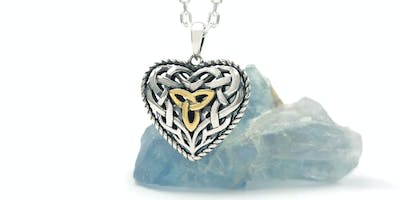
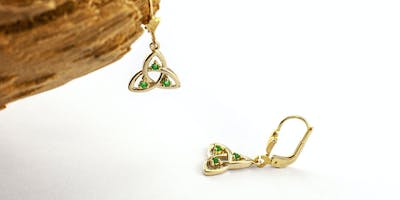

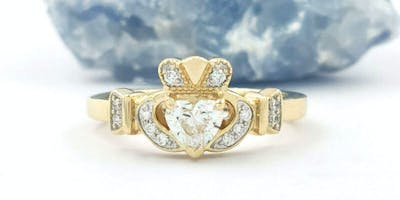
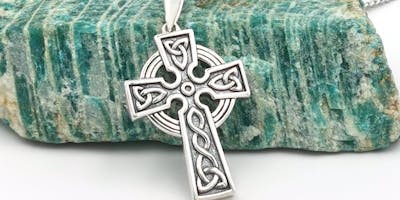
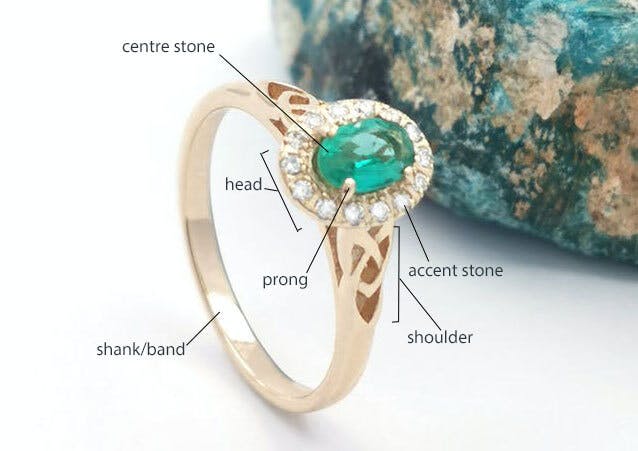





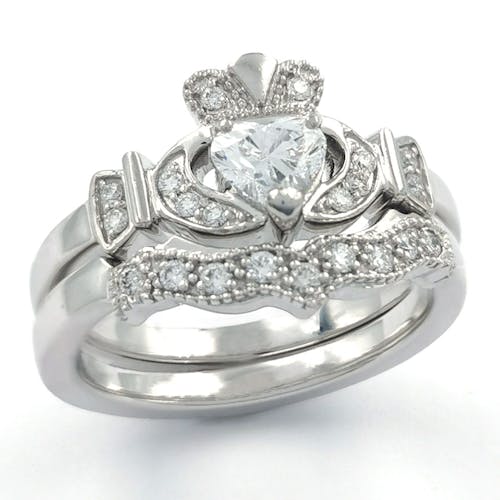

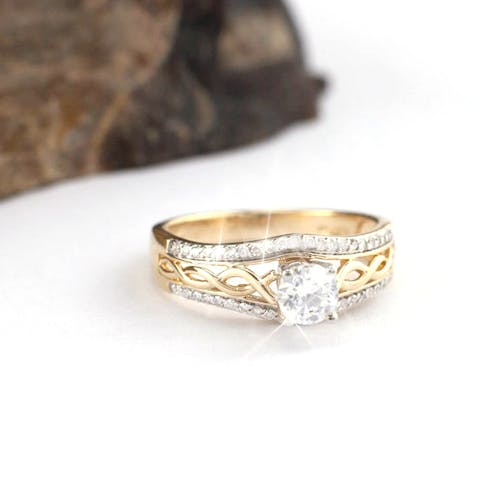
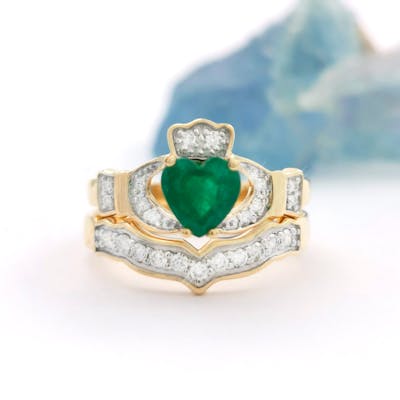

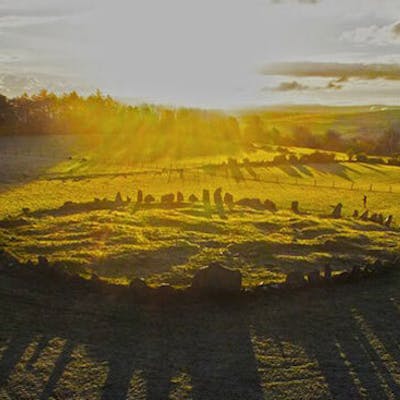
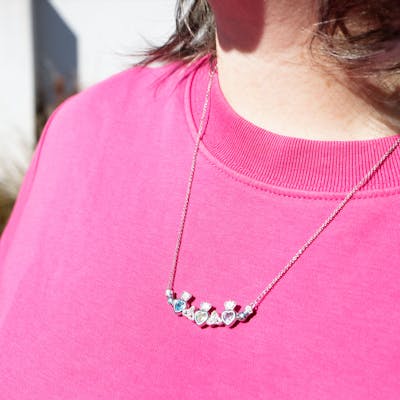


 Ask Gemma
Ask Gemma